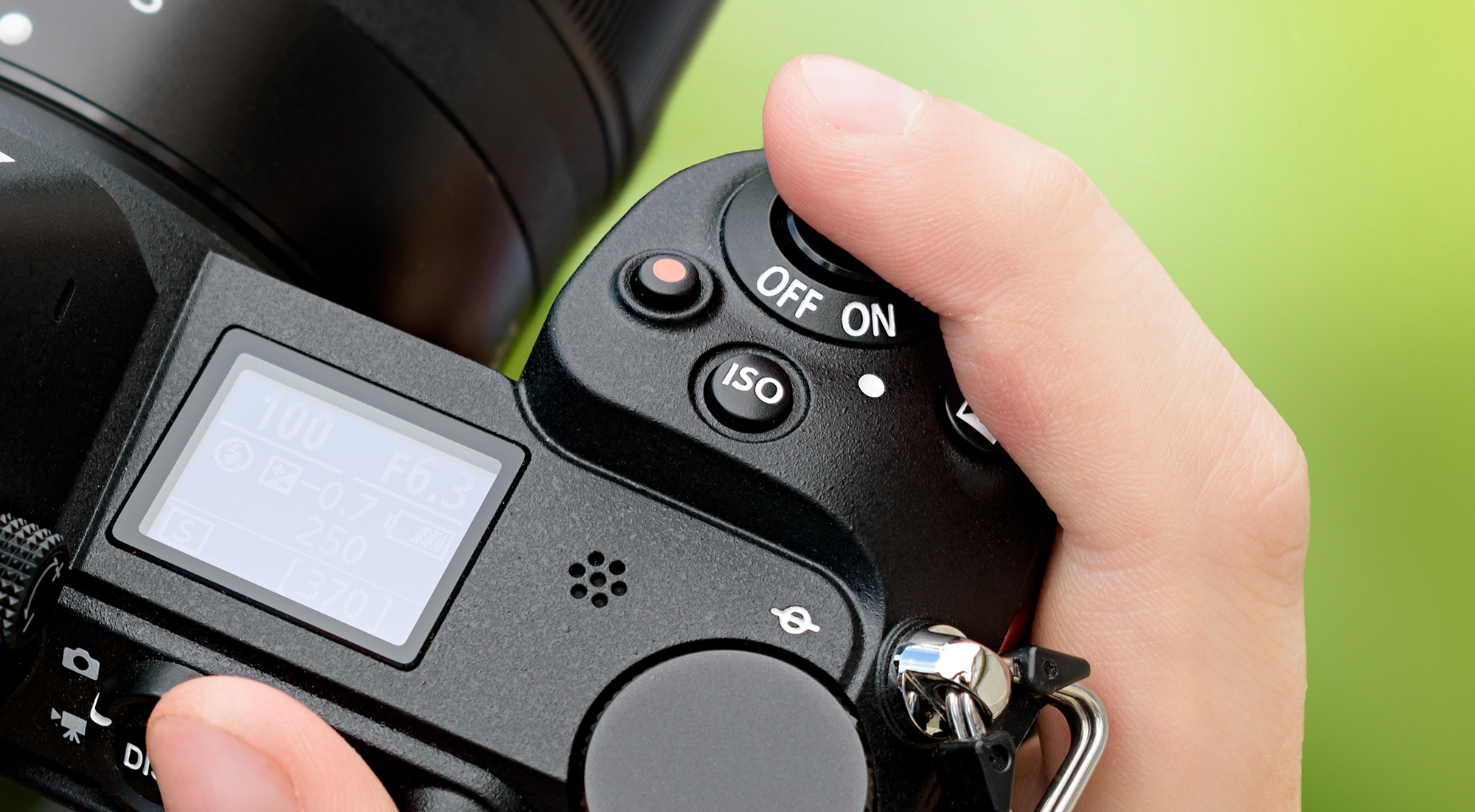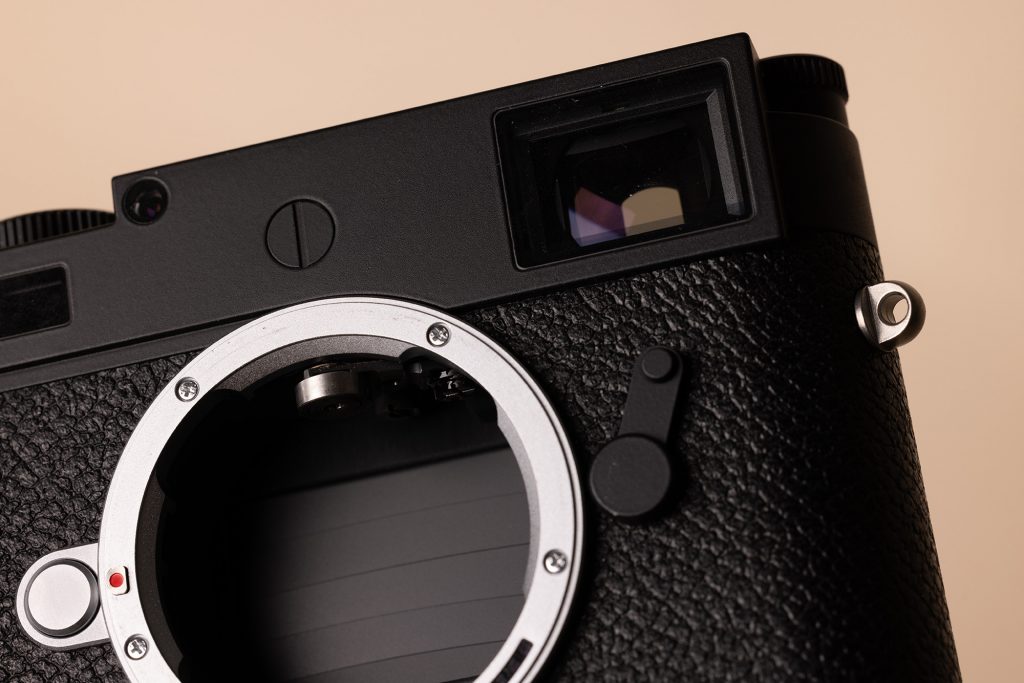Equipment
How Modern Camera Shutters Work

There seems to be some confusion on the issue of how modern camera shutters work. I’m going to try to clear some of that up in this post.
Some caveats:
- There are variations among camera manufacturers that I’m going to gloss over.
- This applies to CMOS sensors that employ at least one analog-to-digital converter per column.
- I’ll leave out some uncommon configurations.
- I’m not going to go into the details of operations on the sensor.
- I’m going to talk mostly about focal plane shutters, but at the end, I’ll discuss the novel leaf shutters in some of the Hasselblad XCD lenses.
Let’s start out with one of the simplest cases, a manual focusing rangefinder camera with live view turned off, manual focusing, and a manual lens over which the camera has no control. An exemplar is the Leica M240.
After the yellow heading ends, time is represented horizontally, with later time on the right. Because I would like these diagrams to apply to many cameras, the time access is not quantified. I have endeavored to make operations that take longer to take up more room, but that is only approximate and not to scale.
The first thing that happens is that the camera senses that you’ve depressed the shutter. Then it resets the sensor.
What does it mean to reset the sensor? At each light-sensitive pixel location on the sensor, there is a photodiode. Incoming photons — techies, bear with me here — create free electrons, which are stored on a capacitor associated with the photodiode. Those electrons charge the capacitor, and the voltage read off the capacitor during the period labeled above “Read data off the sensor” provides a measure of how many photons arrived during the exposure.
Because in the above case, the camera’s mechanical shutter is closed when the shutter release is depressed, you might wonder why it’s necessary to reset the sensor. That’s because sensors are subject to an effect called “dark current”, which can charge the capacitor even when no light is falling on the sensor. To get rid of that charge before the exposure begins, the capacitor must be discharged. That’s what the reset does.

How long does it take to reset the sensor? As we’ll see below that time is variable depending on the shutter mode. The Hasselblad X2D takes about 40 microseconds to perform a reset when it wants to do it quickly.
The sensor is reset and is ready to start counting photons. Now we need to open the shutter. The focal plane shutter in cameras like these has two curtains. The first curtain opens the shutter, and the second curtain closes it. The curtains take some time to travel across the sensor. In the Leica M240 that’s roughly 2 milliseconds. The curtains travel in the same direction, at the same speed, and thus any location on the sensor receives light for the same amount of time. In this case, the shutter speed is set to a time a fair amount longer than the shutter travel time, so the first curtain opens, and the second curtain begins its travel across the sensor at a time well after the shutter is all the way open.
Eventually, the second curtain closes, and the sensor is in the dark. Now it’s time to read the voltages at all the pixels on the sensor. That operation is identified as “Read data off sensor” in the diagram above. In cameras with only one analog-to-digital converter (ADC) per column, the row at the top or the bottom of the image is read out first, then the next row, and so on until the entire sensor has been read out. Cameras with more ADCs per column can read out more than one row at a time. After all the data has been read out, the camera is ready for the next exposure.
The three pink lines above show the lag (sometimes called latency) from the time the shutter button is depressed until the time the exposure begins, until the time that the exposure ends, and until the camera is ready to make the next exposure. The shutter must be wound before the next shot, and it can be wound while the readout is taking place if it is designed for that operation.
If you don’t understand the above, read it over, because it gets more complicated from here on in.
The next diagram shows what happens with the same camera in the same mode, but when the shutter speed is set faster than the time for the shutter curtains to traverse the sensor.
In this case, the second curtain is fired before the first curtain is all the way closed. The shutter speed is the difference between the times that the two curtains were fired, in this case, one square. Everything else is the same. Since this diagram is more compact than the one with the longer shutter speed, I’ll be using short shutter speeds from now on.
Now let’s take our M240 and turn liveview on.
With liveview on, the shutter is open and the sensor is continually exposed to light. The camera reads out data regularly and resets the sensor so that you can preview the image in the EVF. When you press the shutter release, the camera closes the shutter by winding it. When that’s done, there’s no more light falling on the sensor, and the camera resets the sensor to zero out any stored charge. After that, the readout process proceeds as before. The shutter winding operation is problematical in two respects: it introduces additional shutter lag and creates vibration right before the exposure begins. After the data is read off the sensor, the shutter is opened again so that liveview will work.
A typical mirrorless interchangeable lens camera (MILC), like the Sony a7RIV, works in much the same way as the M240 in live view mode.
The only difference is that the camera must stop down the lens to the taking aperture before the exposure begins.
In order to lower shutter latency and vibration, many camera manufacturers have introduced a shutter mode called electronic first curtain shutter (EFCS).
Now the shutter doesn’t need to be closed before the exposure can begin. The mechanical first curtain is replaced by a rolling reset that traverses the sensor at the same speed as the mechanical trailing curtain. The data is read out after the trailing curtain has completely traversed the sensor and the shutter is closed.
Many MILCs have a shutter mode in which there is no mechanical shutter at all. This is called something like a silent shutter or electronic shutter.
In this mode, the exposure begins with a rolling reset, but it’s typically much slower than the rolling reset used in EFCS (stacked sensor cameras like the Nikon Z8 and Nikon Z9 are exceptions). It needs to be slower to match the electronic trailing curtain. The exposure is not ended by blocking light from falling on the sensor, rather the end of the recorded exposure is created by reading the data off the chip. In most cameras, that takes a lot longer than the time a mechanical shutter would take to pass over the sensor. Light continues to fall on the sensor after the exposure, and when the data is all read off, the camera starts scanning the sensor again so that you can see the image in the EVF.
The Hasselblad X2D doesn’t have a mechanical focal plane shutter. Therefore, if doesn’t have EFCS. It does have a rather slow electronic focal plane shutter. But where it stands out from many of its competitors is a leaf shutter that allows flash synch at speeds far higher than them. It manages to pull this trick off by beginning the exposure by using a fast (40 microsec) sensor reset when the shutter is open. The closing of the shutter ends the exposure. Thus, it can obtain flash synch at 1/2000 second on the XDC 38V and 1/4000 second on the XCD 90V. Here’s a diagram that shows how that happens.
And, for those of you still using DSLRs, here’s how they work when not in liveview mode:
Originally, I was planning on going on and showing how automatic exposure and autofocusing can add additional lag, but I now think this is complicated enough already, and many of the details of both those things are implementation-dependent.
Author: Jim Kasson
I’ve been a photographer since high school, and an electrical engineer all of my professional life. The two things came together for a while. From 1989 until the middle of 1995, I worked as an IBM Fellow at the Almaden Research laboratory south of San Jose, CA. For those six years, my principal area of research was color management, color processing for digital photography, and color transformations such as gamut mapping. At other times in my career, I researched speech recognition and speech bandwidth compression and developed data acquisition and process control computer systems, telephone switching systems, and data communication systems. I retired in 2000, and for the last 22 years when I’m not serving on NFP boards unrelated to photography, I’ve been spending most of my free time making photographs.-
Andy Farrell
-
Chris Jankowski
